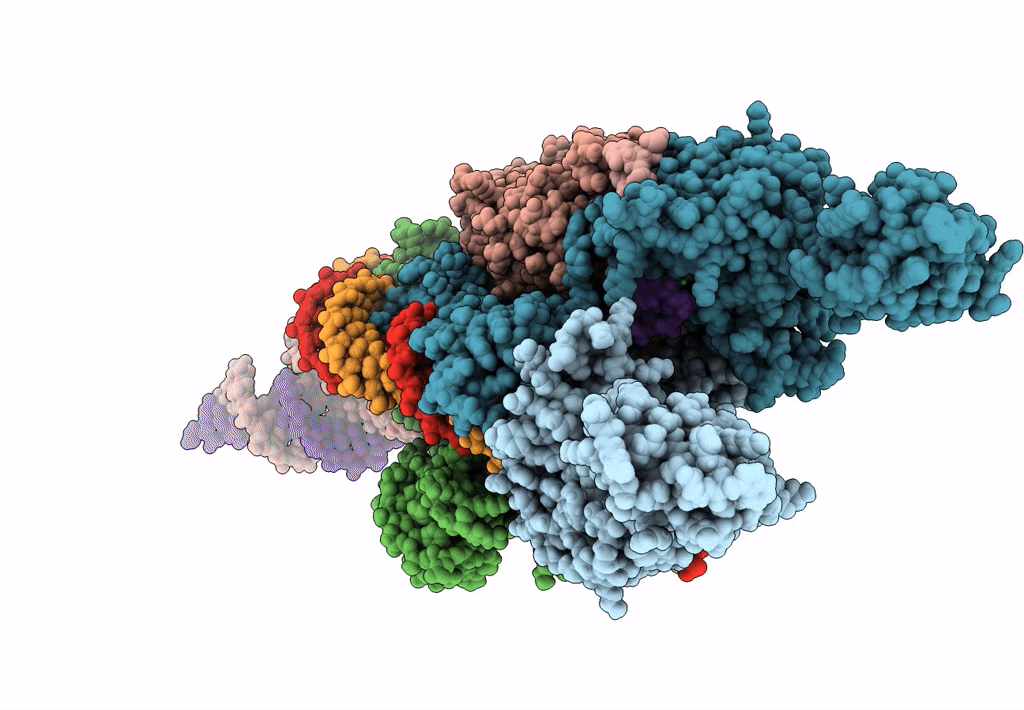
Deposition Date
2022-09-20
Release Date
2023-05-03
Last Version Date
2024-07-24
Entry Detail
Biological Source:
Source Organism:
Geobacillus stearothermophilus (Taxon ID: 1422)
Host Organism:
Method Details:
Experimental Method:
Resolution:
3.35 Å
Aggregation State:
PARTICLE
Reconstruction Method:
SINGLE PARTICLE


